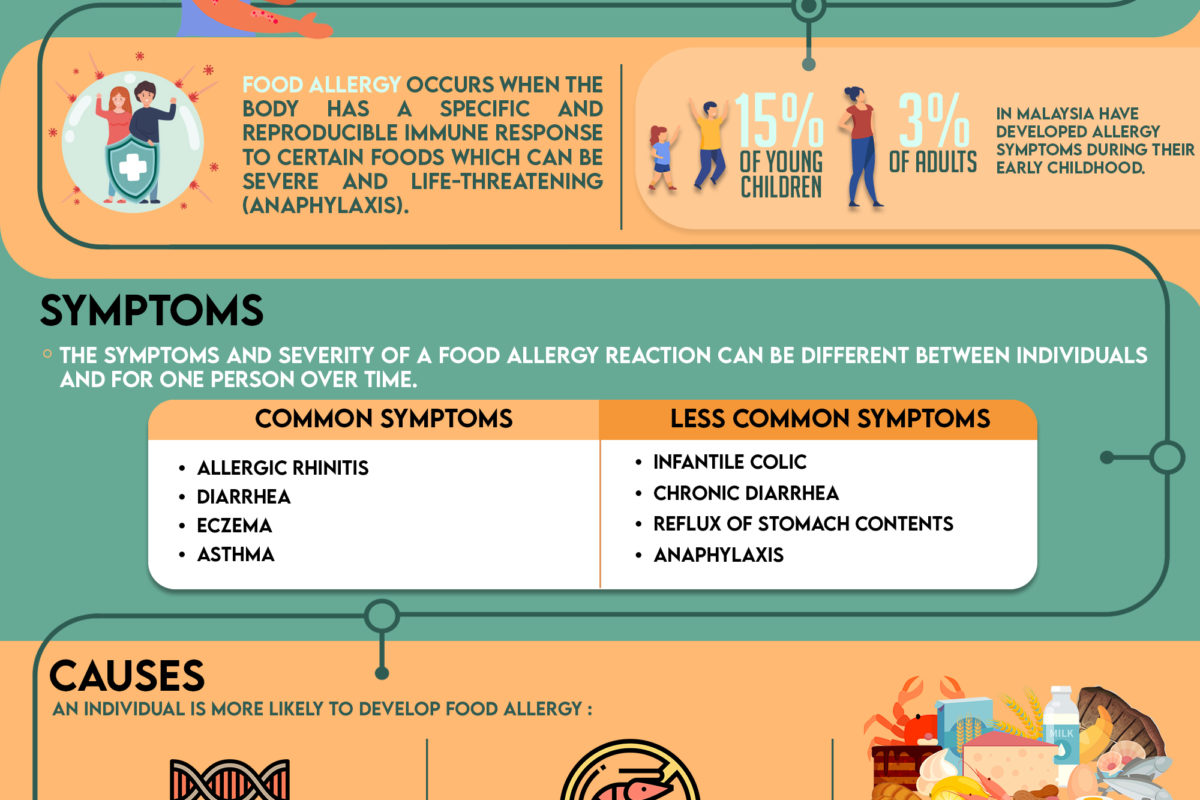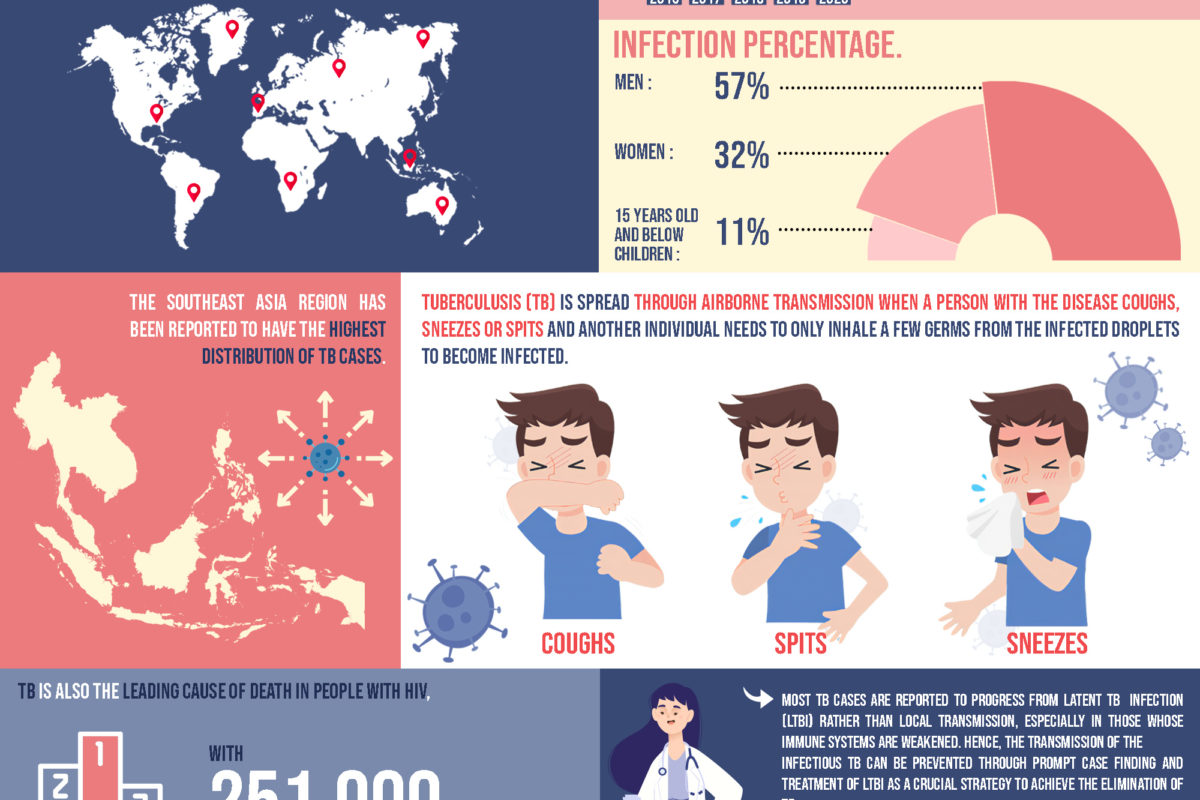Breast Cancer | Symptoms and Risk Factors
Cancer is the second leading cause of death worldwide which is responsible for an estimated 9.6 million deaths in 2018.1
Breast cancer ranks as the second most common cancer and the fifth most common cause of deaths due to cancer globally.2, 3, 4, 5 In Malaysia, this disease has accounted for 34.1% of all cancer among the females.6
Breast cancer can occur at different parts of the breast like the lobules, ducts and connective tissue. The lobules are the milk producing gland, the ducts are tubes that allow milk to reach the nipple and the connective tissue which consists of fibrous and fatty tissues surrounds and keeps everything together. Breast cancers most commonly occur in the ducts or lobules.4, 7
Different people experience different symptoms of breast cancer and some does not experience any signs and symptoms at all.8 Some of the warning symptoms are changes in the shape or size of breasts, presence of lump in the breasts or underarm areas, changes in nipples (appearance of nipples, pointing direction or presence of any clear or blood discharge), swelling of part of the breast, dimpling or irritation on the breasts skin area, redness, rash or eczema on breasts skin and nipples area, continuous pain in any area of breast, nipples or axilas.4, 8, 9, 10, 11
Breast cancer risk increases with age and a majority of those diagnosed are post-menopausal. Other factors that increases the risk of breast cancer include being a female, inherited genetic mutation, first pregnancy at a later age, low parity, early menarche, late menopause, having dense breast, being overweight or obese in post-menopausal women, physically inactive, previous history of radiotherapy to the breasts and drinking alcohol.9, 12
Breast cancer screening examines a vast number of asymptomatic individuals to identify positive cancer cases and to prevent deaths due to breast cancer by detecting the cancer at an early stage when treatment will be more effective. The cancer can be controlled by early detection through routine self-breast exams, mammographic screening, reducing prevalence of known risk factors and improved treatment.4, 5, 9
At Pantai Premier Pathology, we provide screening tests for Breast Cancer. Here are some tests related to breast cancer offered by Pantai Premier Pathology:
| Breast CA Screening Test | Prognosis |
| 1. BRCA Heredity Germline Testing | 1. Immunohistochemistry Testing
2. HER2 Fish Testing 3. BRCA1 & 2 Testing (Somatic & Germline) 4. PIK3CA Testing for hormonal positive, HER2 negative |
For more information on the tests provided, please contact us at +603-42809115 (Customer Service) or email us at info@premierpathology.com.my.
References:
- Cancer. (2018, September 12). World Health Organization. https://www.who.int/news-room/fact-sheets/detail/cancer
- Liu, F. C., Lin, H. T., Kuo, C. F., See, L. C., Chiou, M. J., & Yu, H. P. (2017). Epidemiology and survival outcome of breast cancer in a nationwide study. Oncotarget, 8(10), 16939–16950. https://doi.org/10.18632/oncotarget.15207
- Moodley, J., Cairncross, L., Naiker, T., & Constant, D. (2018). From symptom discovery to treatment-women’s pathways to breast cancer care: a cross-sectional study. BMC cancer, 18(1), 312.
- Winters, S., Martin, C., Murphy, D., & Shokar, N. K. (2017). Breast cancer epidemiology, prevention, and screening. In Progress in molecular biology and translational science (Vol. 151, pp. 1-32). Academic Press.
- Torre, L. A., Siegel, R. L., Ward, E. M., & Jemal, A. (2016). Global cancer incidence and mortality rates and trends—an update. Cancer Epidemiology and Prevention Biomarkers, 25(1), 16-27.
- National Cancer Registry Department. (2019). MALAYSIA NATIONAL CANCER REGISTRY REPORT (MNCR) 2012-2016. Retrieved from https://drive.google.com/file/d/1BuPWrb05N2Jez6sEP8VM5r6JtJtlPN5W/view
- What is Breast Cancer? (n.d.). Centers for Disease Control and Prevention. Retrieved September 25, 2020, from https://www.cdc.gov/cancer/breast/basic_info/what-is-breast-cancer.htm
- What are the Symptoms of Breast Cancer? (n.d.). Centers for Disease Control and Prevention. Retrieved September 25, 2020, from https://www.cdc.gov/cancer/breast/basic_info/symptoms.htm
- Harmer, V. (2016). Signs and symptoms of breast cancer: The practice nurse role. Practice Nursing, 27(8), 377-382.
- Waks, A. G., & Winer, E. P. (2019). Breast cancer treatment: a review. Jama, 321(3), 288-300.
- Morrow, M. (2004). Physical examination of the breast. Diseases of the Breast, 3rd ed. Philadelphia: Lippincott Williams & Wilkins, 29-32.
- What Are the Risk Factors for Breast Cancer? (n.d.). Centers for Disease Control and Prevention. Retrieved September 25, 2020, from https://www.cdc.gov/cancer/breast/basic_info/risk_factors.htm










